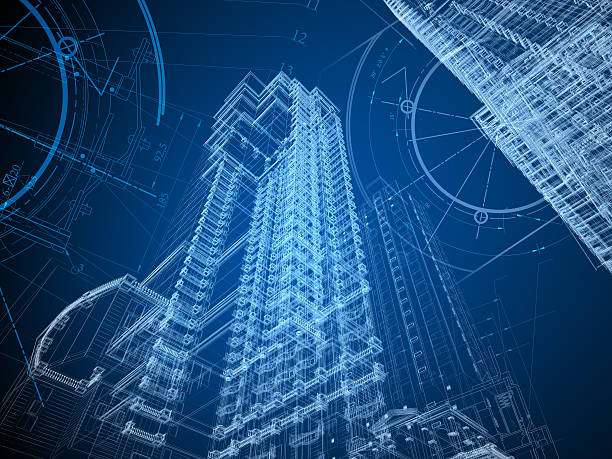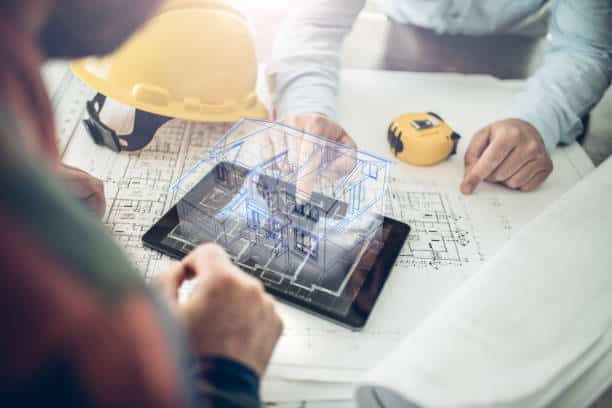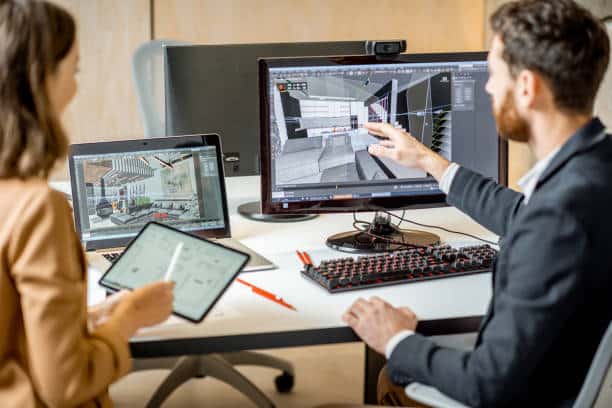Home / 6D BIM Modeling Services for Superior Facilities and Lifecycle Management
- Cresire
- 6D BIM, 6D BIM Modeling, 6D BIM Services
Read how useful 6D BIM Modeling Services are for Superior Facilities and Lifecycle Management. To know in detail, check out this blog.

When design elements are linked to project lifecycle data including installation date, scheduled maintenance, energy use, and manufacturer information, which occurs during the project’s completion phase,
6D BIM is introduced. With the use of this information, owners can properly maintain and manage the property.
We refer to all elements and data relevant to the digitization of the building industry as “BIM dimensions.”
It might be challenging to maintain each component separately in a large building complex, for example, without a complete grasp of each one.
A task this challenging is comparable to being asked to locate a certain file in a room full of files. The process will take time to finish, just as it does to maintain a sizable building complex.
Specific components can be quickly identified at a glance thanks to 6D BIM’s intelligent lifecycle information links for each component. This indicates how essential this component is.
The Building Information Modeling (BIM) has numerous additional features that provide valuable information for managing and executing a project. It extends far beyond simple 3D geometric modeling.
- 3D – Three Dimensional Graphical Information
- 4D – Duration, Timeline and Scheduling Information
- 5D – Cost Information and Analysis
- 6D – Sustainability and Energy Efficiency Assessment
- 7D – Facilities Management Information

The building’s geometric model can now include sustainability information thanks to 6D in BIM.
One of the aspects of sustainability is environmental sustainability, the capacity to improve environmental conditions.
Also, another one is economic sustainability is the capacity to create wealth and jobs, whereas social sustainability is the capacity to create well-being for people.
Simply put, the 6D BIM enables the analysis and estimation of the building’s energy performance from the design stage onward, the adoption of technical solutions that ensure lower energy consumption, and the evaluation of the building’s characteristics’ compliance with performance targets.
This entails a lot of integrated information, including information from the manufacturer, maintenance schedules, energy needs, information on how to dispose of each building component, etc.
As the technological and construction solutions must be based on the maximum interaction between the building, the environmental system, and the plant system, this method necessitates an interdisciplinary approach.
A single BIM model that represents the actual behaviour of any physical asset brings all these factors together.

Data on energy use, greenhouse gas emissions, the recyclable nature of building materials and demolition debris, as well as a wealth of other information that may be utilised to improve asset management, are all added to the model throughout the information’s digitization process.
To achieve a general decrease in the energy consumption of the building throughout its life cycle and to realize a fully sustainable building, 6D BIM Modeling aims to calculate complete and accurate energy estimates at an early stage.
The concept of sustainability depicts the perfect balance between humanity and nature, encompassing the utilization of natural resources, the creation of products and technology, the construction of cities, and the utilization of land.
The building sector is fundamentally one of the biggest obstacles to sustainable development.
The building’s energy model plays a pivotal role in 6D BIM Modeling. It allows us to explore ways to enhance energy efficiency, user comfort, and well-being. Additionally, it enables the integration of more efficient and sustainable sources of energy production.
An interdisciplinary approach is necessary for the creation of effective models to confirm the project compliance and the building project’s viability.
In reality, technological and construction solutions must interconnect the building organism, the environmental system, and the building-installation system.
In actuality, according to the idea of performance-based building design, the goal of 6D BIM Modeling should be to provide a tool for the evaluation of numerous solutions examined in accordance with a number of quality indicators and parameters established by the standards.
Also, check out a post on 6D BIM Modeling Services To Set Long-Term Financial Goals
Share Via :
Get in Touch with us for BIM Outsourcing Services
Stay up to date with latest BIM trends, benefits of BIM and thought leadership articles
